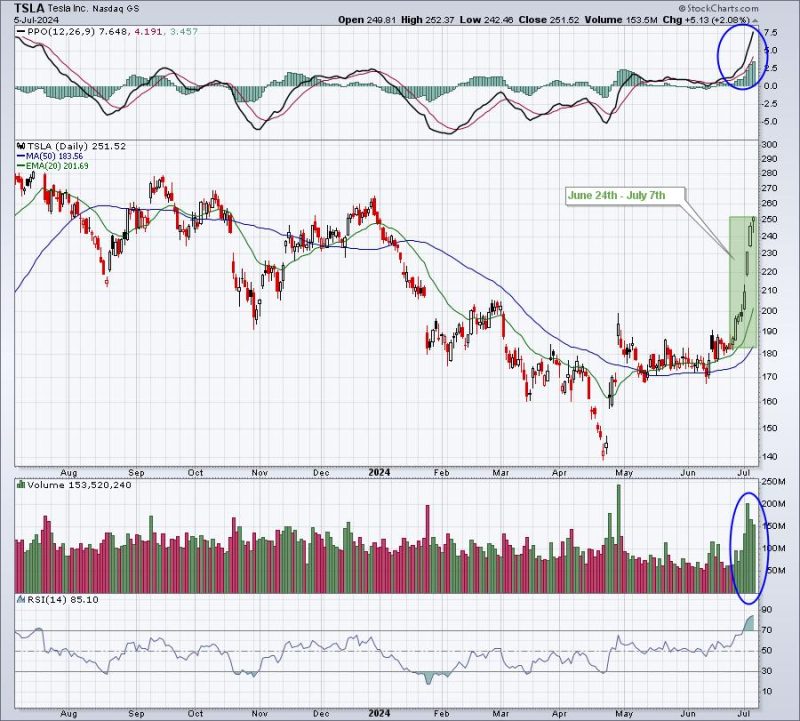In the fast-paced world of stock trading, investors are constantly seeking ways to predict pre-earnings moves, hoping to gain an edge in the market. Examining historical data can provide valuable insights into how a particular stock may perform leading up to an earnings report. By understanding these trends, investors can make more informed decisions about their trading strategies.
One key indicator to watch for when predicting pre-earnings moves is the stock’s historical price behavior prior to past earnings announcements. By analyzing past earnings seasons, investors can identify patterns or trends that may indicate how a stock is likely to react in the days or weeks leading up to the next earnings report. For example, a stock that has consistently seen a significant increase in price in the week leading up to earnings may be more likely to experience a similar uptrend in the current earnings season.
Another valuable clue to look for is the stock’s historical volatility leading up to earnings. Stocks that have previously exhibited high levels of volatility prior to earnings reports may continue to do so in the future. This increased volatility can present both opportunities and risks for investors, as it may lead to larger price swings in the days leading up to the earnings announcement.
In addition to historical price behavior and volatility, investors should also pay attention to market sentiment and analyst expectations. Analyst estimates and forecasts can provide valuable insights into how a stock is expected to perform in the upcoming earnings report. By comparing these expectations to historical data, investors can gain a better understanding of whether a stock is likely to meet, exceed, or fall short of analyst expectations.
It is important to note that while historical data can provide valuable clues for predicting pre-earnings moves, it is not a foolproof method for forecasting stock performance. Market conditions can change rapidly, and unexpected events or news releases can quickly alter a stock’s trajectory. As such, investors should use historical data as one tool in their trading arsenal, along with other fundamental and technical analysis strategies.
In conclusion, analyzing historical data can be a valuable tool for predicting pre-earnings moves in the stock market. By examining past price behavior, volatility, and analyst expectations, investors can gain valuable insights into how a stock may perform leading up to an earnings report. While historical data is not a definitive predictor of future performance, it can help investors make more informed decisions about their trading strategies in the ever-evolving world of stock trading.
